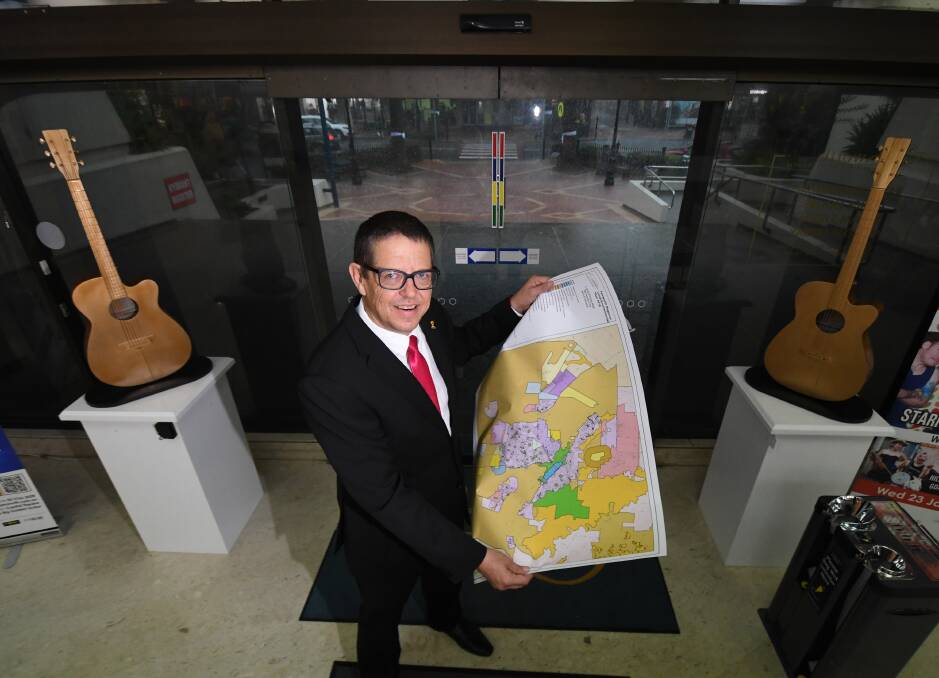
IT DOESN’T matter if Tamworth’s population gets to 100,000 people for the council’s new planning director Brent McAlister.
Subscribe now for unlimited access.
$0/
(min cost $0)
or signup to continue reading
Mr McAlister was thrown a couple of curve balls in the initial weeks of his Tamworth Regional Council gig and saw two development applications refused.
It’s not the way he wants to do business in council; he wants Tamworth to roll out the red carpet rather than skeins of red tape.
READ MORE:
“I think it is very timely, there has been a few DAs recently that have indicated that the growth management strategy is out of date and needs a review,” he said.
“I think the call to develop this regional master plan is timely.”
This year, Tamworth was ear-marked as a future regional NSW capital and touted to climb to a population of 100,000 people.
While politicians and professionals have latched on the figure, Mr McAlister said the number, whether it was 80,000, 100,000 or 200,000 was almost immaterial.
“Most councils I’ve been involved in have been very focused on parking fines, dogs and potholes and I think the really good thing about the 100,000 goal is that it’s capturing people’s imagination, particularly elected people and senior staff,” he said.
“It’s almost like a call to action, I think that is the best part of it. People instead of being focused on the minutiae and operations, it’s almost galvanised their focus.
“Once you have that goal, I think that’s almost immaterial, it’s the fact people have set their sights on the future.”
While there’s a renewed focus on Tamworth’s future, challenges lie ahead and outside the city limits.
“For example, road trains, we have a limitation around road trains, but we’re going to be a freight hub,” he said.
“My understanding that issue is largely a result of the road network around Gunnedah.”
He also highlighted the need to change the type of development Tamworth attracted and some new thoughts on housing.
“Should we be looking at shop-top housing, I think we should,” he said
“Should we be looking at housing along Kable Avenue next to our high amenity park.
“If the CBD is our biggest jewel, which I think it is, should we be looking at some higher density around the CBD.”
For now, the focus is largely on the development of a regional master plan, which is seen as “the ring that binds” all the council’s plans.
“It will be a blueprint that connects all of those precincts but also deals with land use, infrastructure, economic development,” he said.
“I think the council’s takeaway from those two refusals was we need to develop, plan and review our town plan or LEP, because it is 10 years old and there are some zonings that are not correct and out of date.
“I think those two refusals indicate that council aren’t happy with where development is going in the city in those two particular cases.


